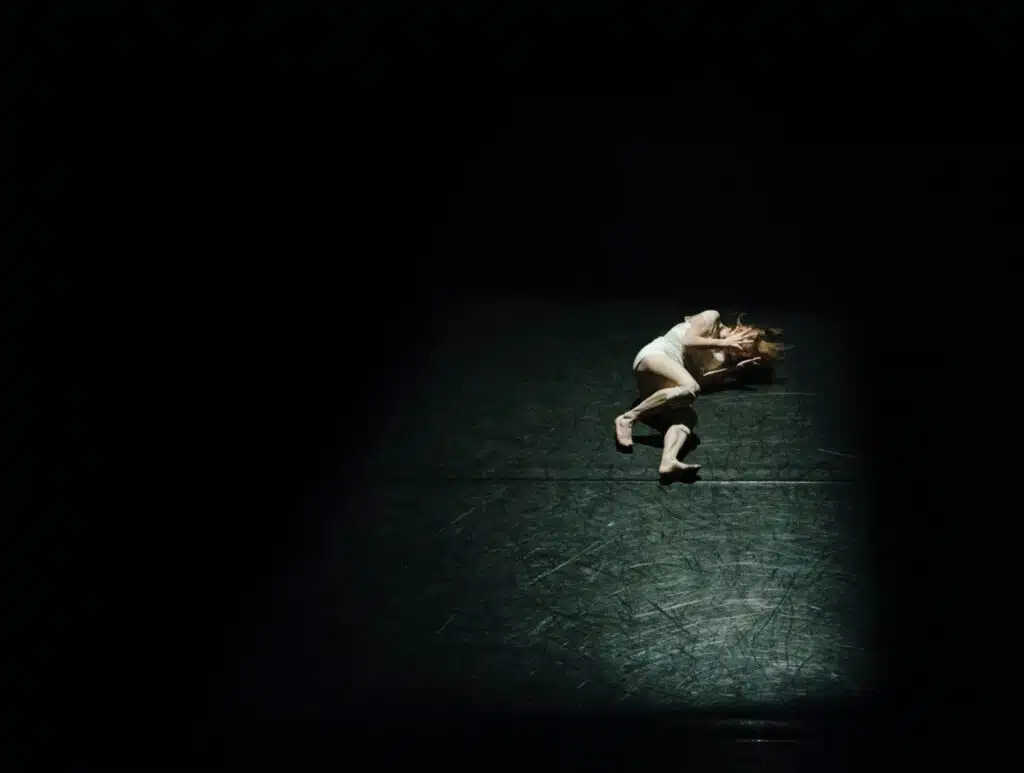Today, we’re diving into the fascinating world of Polyvagal Theory and its impact on the nervous system and how we can use it to help unwind.
Understanding Polyvagal Theory
Polyvagal theory, developed by Dr. Stephen Porges, is a revolutionary approach to understanding the human nervous system and its role in our emotional experiences. At its core, the theory posits that our autonomic nervous system (ANS) has three primary states: the ventral vagal state (safety and social engagement), the sympathetic state (fight or flight), and the dorsal vagal state (shutdown or freeze).
Our ANS constantly assesses the environment for safety or danger, and based on these cues, it shifts between these three states. By understanding these shifts, we can better regulate our emotions and navigate challenging situations.

Trauma Healing Through Polyvagal Theory
For those who have experienced trauma, the nervous system may become dysregulated, causing them to feel stuck in one of the three states mentioned above. With the guidance of polyvagal theory, individuals can begin to recognize their body’s cues and learn to shift between states more effectively. This increased awareness can help them heal from trauma, as they develop the ability to move out of the fight, flight, or freeze responses and return to a state of safety and social engagement.
Polyvagal Theory and the Nervous System
By understanding the principles of polyvagal theory, we can develop strategies to balance our nervous system and cultivate emotional resilience. For example, engaging in deep, slow breathing can activate the ventral vagal state, promoting a sense of safety and relaxation.
Likewise, practicing mindfulness and grounding techniques can help us become more aware of our body’s cues and better navigate the shifts between various nervous system states.

Practical Applications of Polyvagal Theory
There are several ways to incorporate polyvagal theory into your daily life. Some practical applications include:
- Deep Breathing Exercises: Practice slow, deep breaths to stimulate the ventral vagal state and promote relaxation.
- Mindfulness Meditation: Cultivate awareness of your body’s sensations and emotions through mindfulness meditation.
- Safe Social Engagement: Engage in healthy social interactions to reinforce feelings of safety and connection.
- Grounding Techniques: Use grounding techniques, such as feeling your feet on the floor or holding a comforting object, to help regulate your nervous system.
- Physical Movement: Exercise or engage in activities that involve movement, such as yoga or tai chi, to regulate your nervous system and release stress.
Embracing Polyvagal Theory for a Balanced Life
Polyvagal theory offers incredible insights into the workings of our nervous system and its impact on our emotional well-being. By understanding the principles of this groundbreaking theory, we can develop effective strategies to heal from trauma, manage stress and anxiety, and maintain a balanced nervous system.
At Your Daily™, we’re committed to empowering you with the knowledge and tools necessary to live a happier, healthier life. Embrace the power of polyvagal theory, and begin your journey towards emotional resilience and healing today.





